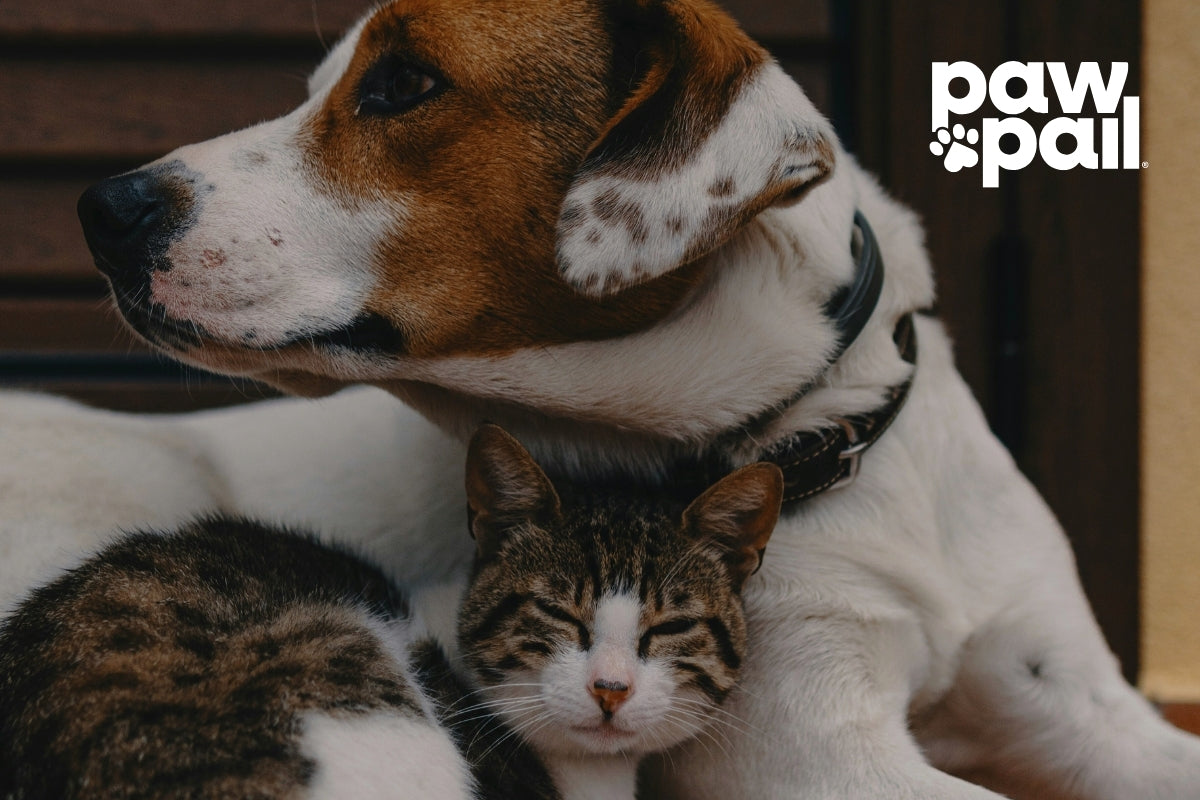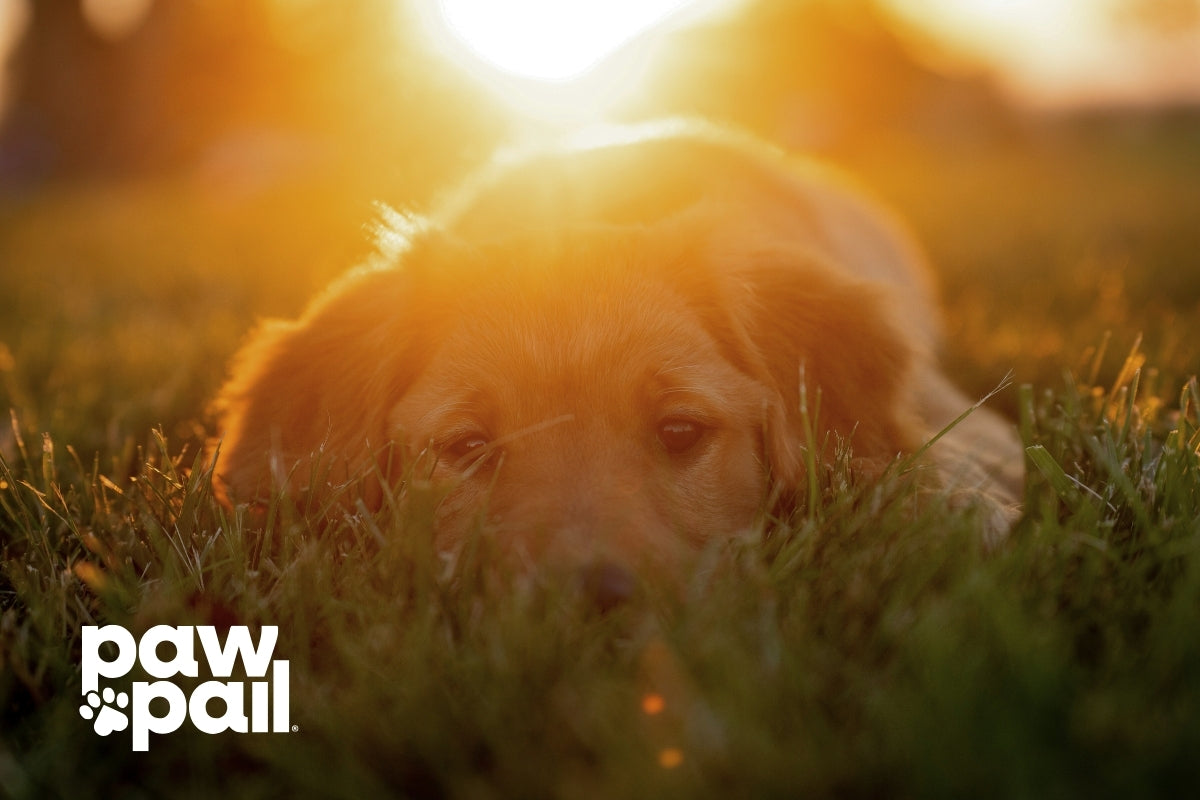Living with a feline companion brings immeasurable joy, from their soothing purrs to their playful antics. However, sharing your home with a cat also comes with the inevitable responsibility of managing their bathroom habits. While not the most glamorous of topics, effective cat poop disposal is paramount to maintaining a clean, healthy, and odor-free living environment for both you and your beloved furry friend.
The Golden Rule
At the heart of effective cat poop disposal lies one fundamental principle: consistent and frequent scooping. Neglecting this crucial step is akin to inviting unpleasant odors to take up permanent residence in your home. The longer waste remains in the litter box, the more time bacteria have to break it down, releasing those telltale ammonia smells that can quickly overwhelm your senses.
Aim to scoop the litter box at least once a day, and ideally twice – once in the morning and once in the evening. This diligent routine significantly minimizes odor buildup and also provides you with a regular opportunity to monitor your cat's bathroom habits, which can be an early indicator of potential health issues.
Investing in the right scooping tool is also essential. Opt for a sturdy scoop with appropriately sized slots that allow you to efficiently remove solid waste while sifting through the clean litter. Some modern scoops even come equipped with integrated bag attachments, streamlining the disposal process and further containing odors.
The Dedicated Waste Receptacle
One of the most effective ways to contain cat waste odors is by utilizing a dedicated waste receptacle specifically for this purpose. This typically involves a small trash can kept near the litter box, lined with a plastic bag. The key to this method's success lies in choosing a receptacle with a tight-fitting lid.
For an extra layer of odor control, consider using scented trash bags designed for pet waste or adding a sprinkle of baking soda to the bottom of the can to absorb lingering smells. Empty the receptacle regularly, ideally every day or every other day, to prevent odor saturation within the container itself.
Specialized Litter Disposal Systems
For cat owners prioritizing maximum odor control and convenience, specialized litter disposal systems present a sophisticated solution. These systems typically involve a sealed container with a unique multi-layer bag system. After scooping, the waste is deposited into an opening, and a mechanism seals it within the odor-barrier bags.
Some advanced models even incorporate activated carbon filters, renowned for their exceptional odor-absorbing properties. While these systems often come with a higher initial cost and require the purchase of refill bags, their effectiveness in containing smells and reducing the frequency of trips to the outdoor trash can be a significant advantage for many cat owners.
Mastering Odor-Busting Strategies
Even with the most diligent scooping and careful disposal, lingering odors can occasionally surface. Employing proactive odor-busting strategies can further enhance the freshness of your home. When using simple bags or lining your waste receptacle, consider opting for scented varieties specifically designed for pet waste. These can help mask unpleasant odors, providing an extra layer of olfactory defense.
Activated carbon is a highly porous material with an exceptional ability to trap and neutralize odor molecules. Many modern litter boxes and waste disposal systems offer the option to incorporate activated carbon filters. Placing one near the litter box or within your waste receptacle can significantly reduce ambient odors.
Baking soda is a household staple and a natural odor absorber. Sprinkling a layer of baking soda at the bottom of your waste receptacle before adding a liner can help neutralize smells before they even have a chance to escape.
While not a substitute for proper waste management, air fresheners can provide temporary relief from lingering odors. Opt for pet-safe, unscented varieties or those with mild, natural fragrances. Avoid heavily perfumed air fresheners, as they can be overwhelming and potentially irritating to your cat's sensitive respiratory system. Ensure adequate ventilation when using air fresheners.
Fresh air is a natural enemy of odors. Ensure the area where your cat's litter box is located is well-ventilated. Open windows regularly to promote air circulation or utilize exhaust fans, especially in enclosed spaces like bathrooms or laundry rooms.
The Role of Litter Choice
The type of cat litter you choose plays a significant role in odor control. Clumping litters are highly effective at containing odors because they form solid clumps around both urine and feces. This allows for the complete removal of the source of the smell, leaving behind relatively clean litter.
While often more economical, non-clumping litters absorb urine, but don't form solid clumps for easy removal. This means that odor-causing liquids remain in the litter box, necessitating more frequent and complete litter changes to maintain a fresh environment.
Scented litters can initially mask odors, but their effectiveness varies, and some cats are highly sensitive to artificial fragrances. A strong scent can deter some cats from using the litter box altogether, leading to more significant problems.
Litters made from natural materials like wood, corn, or paper offer varying degrees of odor control. Research different types and read reviews to find a natural option that effectively manages smells for your household.
Beyond the Litter Box for Odor-Free Disposal
For those seeking a robust solution to manage pet waste smells outdoors, consider the Paw Pail. Designed with a dual-vent system and activated carbon filter, the Paw Pail effectively traps and neutralizes unpleasant odors, offering a convenient and sanitary way to dispose of your cat's scooped waste during yard clean-up or if your disposal routine involves outdoor bins.
Just as a dedicated receptacle enhances your indoor environment, the Paw Pail can significantly improve the freshness of your outdoor spaces, providing a comprehensive approach to pet waste management.



